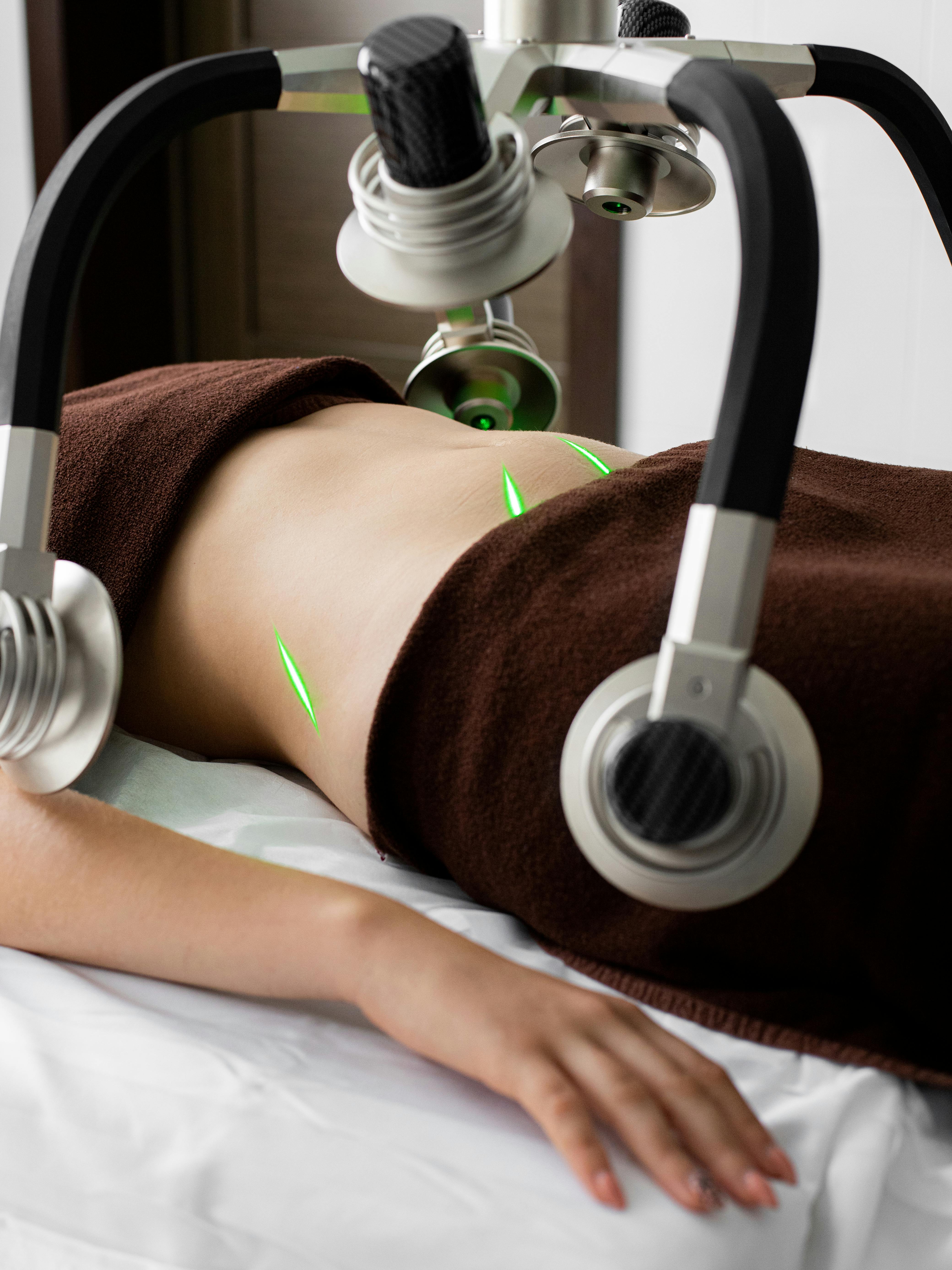The Art and Science of Fat Removal: Exploring the Truths and Misconceptions
In the world of beauty and aesthetics, fat removal procedures have garnered a significant amount of attention. From its historical roots to its modern applications, and from the controversies it has stirred to the lives it has changed, the evolution of fat removal techniques is a captivating narrative. This article delves into the past, present, and potential future of fat removal, seeking to clarify misunderstandings and shed light on lesser-known facts about this widely sought-after aesthetic procedure.

The Genesis of Fat Removal
The practice of fat removal can be traced back to the early 20th century when French surgeon Charles Dujarier first introduced the technique of body contouring. Despite its unfortunate beginning, which resulted in the death of a French model due to gangrene, the concept of fat removal emerged as a groundbreaking development in the field of aesthetic surgery. Over the decades, this technique has been refined and made safer, leading to its widespread use today.
The Leap to Liposuction
In the 1970s, Italian gynecologists Arpad and Giorgio Fischer developed a new technique of fat removal, later known as liposuction. This was a significant advancement since it allowed for more precise fat removal and less tissue damage. Dr. Yves-Gerard Illouz, a French plastic surgeon, further popularized the method by introducing the ‘wet technique’, which involved injecting a saline and adrenaline solution into the fat to reduce bleeding and trauma. This marked the beginning of the modern era of liposuction.
Modern Methods: More Than Just Liposuction
Today, the world of fat removal has expanded beyond traditional surgical liposuction. Non-invasive techniques such as CoolSculpting (cryolipolysis), SculpSure (laser lipolysis), and ultrasound-assisted liposuction offer less invasive alternatives with reduced recovery times. These techniques work by either freezing the fat cells, melting them with laser energy, or using ultrasound waves to break them down. Each method has its benefits and drawbacks, and the choice often depends on the patient’s specific needs and preferences.
The Impact and Reception of Fat Removal
Fat removal procedures have been both celebrated and criticized. On the one hand, they have provided a solution for those struggling with stubborn fat deposits that don’t respond to diet and exercise. They’ve also been a boon for people seeking to achieve a desired body contour, boosting self-confidence and improving body image.
However, these procedures have also been the subject of controversy and misunderstanding. Many people mistakenly view fat removal as a quick fix for obesity, failing to understand that it is not a weight loss procedure but a body contouring tool. It’s essential to remember that these procedures do not replace a healthy lifestyle but rather complement it.
The Future of Fat Removal
As we look to the future, advancements in technology and an increased understanding of human adipose tissue behavior promise exciting developments in fat removal. One such emerging technique is the injection of certain chemicals to dissolve fat, a less invasive alternative to current methods. Additionally, more personalized approaches are being developed, recognizing the importance of individual patient factors in determining the success of fat removal procedures.
In conclusion, the world of fat removal is a dynamic and evolving field. It’s a realm that combines art and science, aiming to enhance natural beauty while respecting the uniqueness of each individual. As we continue to learn more about the complexities of the human body and the nature of adipose tissue, the possibilities for future advancements are limitless. Understanding the truths and dispelling the misconceptions about fat removal is key to appreciating its role in aesthetic surgery and beyond.




